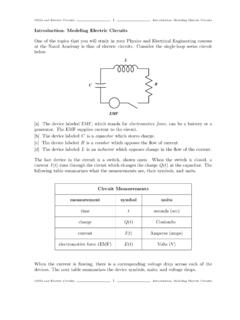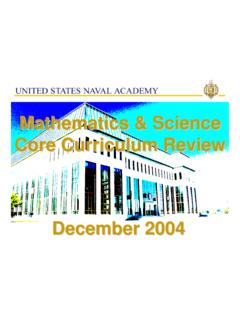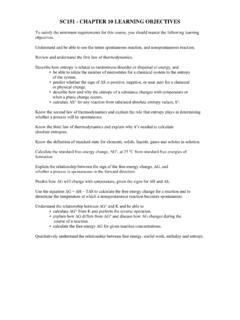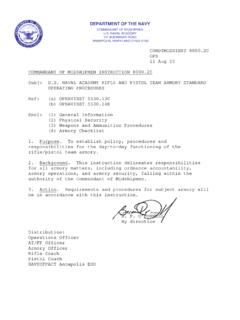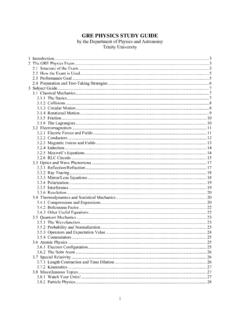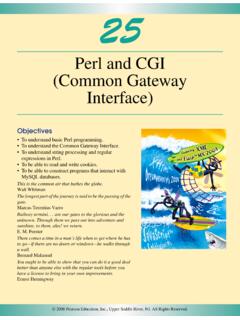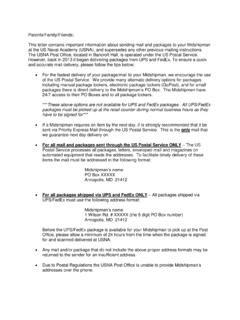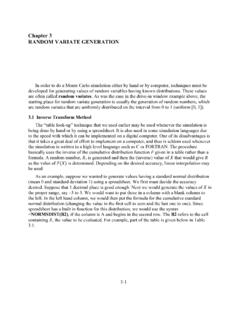Transcription of ES300 Naval Weapon - USNA
1 ES300 Naval Weapon Systems Summary: Scientific and engineering principles behind Naval weapons systems such as radar, sonar, electro optics, communication and guidance systems, explosives and ballistics. The course uses the "detect to engage" framework, examining each part of the finding, fixing, targeting, engaging and assessing process. Required of all students at the Naval Academy. Credits: 3 0 3 Prereq: Calculus II (SM122 or SM162) and Chemistry II (SC112 or SC151) and Physics II (SP212 or SP222). Topics/Text: Principles of Naval Weapon Systems, used by all NROTC units in the United States. This course is designed to provide students with an enhanced understanding of basic principles utilized in Naval Weapon Systems currently employed by the US Navy and Marine Corps.
2 Each student will be required to demonstrate understanding of how the basic components of various air, surface and subsurface sensors, Weapon delivery vehicles and destructive mechanisms combine to form a complete Weapon system. Overall goals of this course are: 1. Analyze Weapon systems in their environment, examining all elements of the detect to engage sequence from sensing to the damage mechanisms at the target. 2. Apply the concept of energy propagation and interaction from source to distant objects via various media for destruction or detection. 3. Evaluate the factors that affect a Weapon system s sensor resolution and signal to noise ratio. Include the characteristics of a multiple element system and/or array. 4. Demonstrate the ability to make reasonable assumptions and formulate first order approximations of a Weapon systems performance.
3 5. Assess the design and operational tradeoffs on a Weapon systems performance. Sample Lab Exercises Radar operating principles Electro Optics including use of NVGs and IR Camera Sonar operating principles Displays and MO Opportunities: Precision Strike Technology Symposium (PSTS) Dahlgren Tour Rail Gun and Gun Range USMC Historical weapons Event
